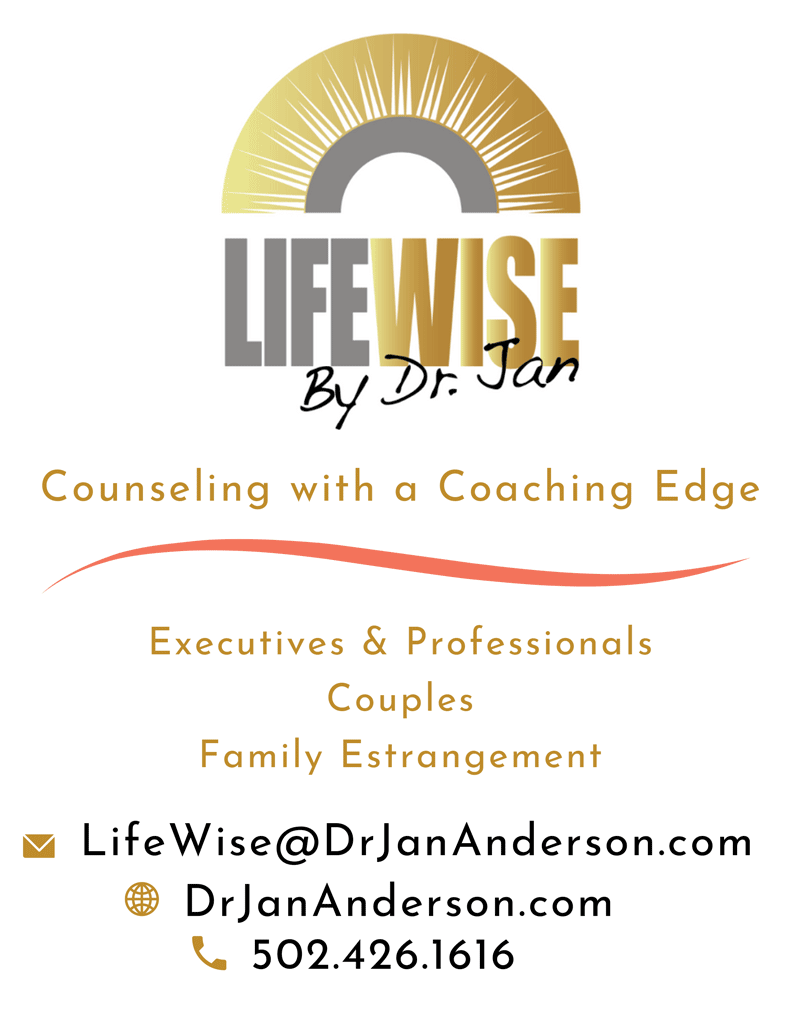Think smarter to move forward
When you force yourself to choose between two lose/lose options, no wonder your brain shuts down and you get seriously stuck.
In MD-Update #146 I introduced readers to a way out of life’s Catch-22 dilemmas, those double-bind hell holes I call Bad Ass Dilemmas (BAD).
I’m a big fan of both/and thinking (BAT) as a way to free yourself up and move forward. Instead of being forced to choose between two binary opposites, BAT is mind-blowing way to level up your thinking and come up with a better third option. I call this Door #3.
As a brief recap, here’s how both/and thinking works: Rather than asking, Do I pick A or B? reframe the problem as How can I accommodate both A and B?
By accommodate, I don’t mean trade-offs, compromise or any proposition that leaves you with a soul-sucking lose/lose feeling. I’m talking about a way to level-up your thinking so you have a chance for a win/win.
Both/and thinking is not just mind-blowing. It can be life-changing. That’s why I want to continue this conversation with my readers and clients.
Now is the perfect time to do some both/ and thinking, as you reflect on the past year and focus on your vision of the new year.
Being Stuck Sucks
Is there anything worse than being stuck? Bad Ass Dilemmas (BAD) are like one of those bad dreams where you’re trying to run, but somehow you can’t move.
- Should I give up or keep trying in this relationship?
- Should I leave this job or stay because of the money?
- Should I try to have kids or not?
When your personal values are challenged, it’s easy to get stuck in a BAD. Do I put myself first or should I be there for the team? Do I tell my partner about my (fill in the blank) or do I keep it a secret?
When the stakes are high, it’s easy to get stuck in a BAD. If I break up with my romantic partner, how do I know I’ll find someone better? What if I can’t repeat my success in this new job or business venture?
Either/Or Thinking Can Keep You Seriously Stuck
Limiting yourself to either/or options can keep you seriously stuck. It’s hard to get moving when, no matter which direction you take, it feels wrong. Here’s the brain science behind why:
- You’re trying to decide without all the information. (Your brain doesn’t like that.)
- The outcome is uncertain. (Your brain really doesn’t like that.)
Our brains love the elegant simplicity and the feeling of certainty that comes with a black-or-white answer. And that binary mindset works great for math problems and technical issues. Heck, either/or thinking is the basis of Western science and all the advancements it has brought us as a society.
Problem is, either/or thinking usually sucks when applied to complex human interactions. A black-or-white forced choice is woefully inadequate for personal values dilemmas like these: truth vs. loyalty, individual vs. community, short-term vs. longterm, or justice vs. mercy
Neither answer feels right. Both answers feel wrong.
EITHER I can express my true feelings OR say nothing and avoid hurt feelings.
EITHER I can be selfish and say no OR I can say yes and be taken advantage of. EITHER I can let myself be happier OR I can give up my drive to do better.
Either/or thinking can shut down your brain and leave you trapped in a catch-22 hell hole.
Either/Or Thinking Can Make You Overreact or Underreact
It’s like your nervous system is designed with an accelerator and a brake function. And your accelerator gets stuck. Or you don’t realize you have the parking brake on. Your either/or responses are either “too much” or “too little.”
So why don’t we stop this craziness and get centered in clear thinking?
Well, there’s this crazy thing we humans do: The insanity trap of doing the same thing over and over, but somehow expecting a different result.
Actually, it’s not that crazy. It’s just an ordinary human thinking error: If I try harder, maybe it will work this time. If I keep doing it, maybe it will finally work.
Catch-22: There’s a Way Out
So how do you get out of a soul-sucking BAD?
| TOO MUCH: Over-correct |
BALANCED: Centered |
TOO LITTLE: Under-correct |
| OVER-THINKING: Obsessing Ruminating |
CLEAR THINKING: Rational problem-solving Creative problem-solving |
UNDER-THINKING: Impulsive decisions Compartmentalize Denial • Distraction |
| OVER-EMOTING: Volatile Drama Sensitized |
EMOTIONAL REGULATION: Distress tolerance Aware of your feelings Aware of feelings of others |
UNDER-EMOTING: Numb Stonewalling Insensitive |
| REACTIVITY: Impulsive behavior Knee-jerk reactions Trying too hard |
RESPONSIVENESS: Grounded Think before act Freedom to choose |
PARALYSIS: Freeze, choke Give up too quickly Don’t even start |
| OVER-RELATING: Over-dependence, needy (anxious attachment) |
BALANCED RELATING: Emotionally available with good boundaries |
UNDER-RELATING: Under-dependence (avoidant attachment) |
One of the masters of either/or thinking, Albert Einstein, was smart enough to know when to drop it and shift paradigms: “We cannot solve our problems with the same level of thinking that created them.”
Einstein knew that our brains don’t crave just certainty. Your brain likes creative problem-solving, too. And it has a remarkable ability to hold two completely contradictory thoughts at once, wrestle and play with them, and eventually come up with an even better third option incorporating elements of each.
That’s what Einstein did when he shifted out of either/or thinking and stopped asking if an object was either in motion or at rest. He shifted into both/and thinking and wondered if an object could be both in motion and at rest simultaneously.
You don’t have to be a genius to get the hang of both/and thinking. It doesn’t even have to be hard. Take the simple phrase: Less is more. It sounds contradictory or even illogical, but a less-is-more approach can simply be ingenious. It’s a great example of how both/ and thinking juxtaposes two opposite ideas, accommodates them both, and finds a creative way to get something done.
Here’s another example. Can you see how just rewording the earlier either/or questions can automatically engage the creative problem-solving part of your brain?
- How can I let myself be happier —
without losing my drive to do better? - How can I set better boundaries and say
no — without being selfish or mean? - How can I be honest and express myself —
in a way that also considers the other person’s feelings?
Tap Into Your Capacity for Both/And Thinking:
Tapping into both/and thinking starts the same way any good movie does. It draws you in with something unexpected, conflicting, or puzzling that piques your interest:
Step 1: Tap into your natural curiosity. Examine each opposite thought or idea, asking, What is important about this? What points are missing from this perspective? Is my understanding or interpretation of what was said accurate? What else is important?
Step 2: Now hold both these two opposite perspectives in your mind simultaneously and ask, How can I accommodate both? What would it be like if both perspectives could be integrated into something even better?
The slightly unsettling process of jumping back and forth between two contradictory, competing thoughts has a sneaky way of getting you unstuck and moving forward.
This happened recently when distraught parents reached out to me with a “Sophie’s Choice” dilemma: Our daughter is forcing us to choose between her and our son.
The parents’ dilemma could be described as two either/or demands from their daughter.
- EITHER you force my brother to apologize to me OR I will cut all contact with you.
- Tell my brother that EITHER he must apologize to me OR you will throw him out or cut him off financially.
Daughter was justifiably upset with Brother’s serious behavioral issues and Mom and Dad’s conflict-avoidant response. However, her either/or demands created a catch-22 for her parents. Predictably, their initial responses backfired:
Mom: It’s unreasonable for Daughter to expect us to choose her over our son. Maybe I can reason with her. Dad: If Daughter could see how this situation is tearing me up, maybe she wouldn’t do this.
By the time Parents reached out for professional help, poor Mom had boxed herself into an either/or mindset:
Mom: I can’t support them both at the same time.
Me: Actually, you support BOTH Daughter AND Son at the same time.
- Start by not fixating on specific demands. Instead, focus on finding out what’s most important to each person.
- Support Daughter by addressing her underlying need to feel heard and supported. I’m guessing it’s more about your helping her feel safe from his impulsivity and aggressive behavior.
- Support Son by not demanding that he apologize. I suspect there are a number of ways Son can make amends that will work for Daughter
I remember two incredibly simple interactions that marked a turning point for the whole family. One was Dad’s ability to focus on feelings first instead of going into fix-it mode: Dad: I didn’t realize the toll this was taking on you.
Daughter: Thank you for saying that. Then Son managed a beautiful repair attempt with Daughter. It was remarkable that he didn’t apologize or even say it directly to Daughter. Daughter merely overhead it.
Son to Mother: I want to have a good relationship with my sister Both/and thinking is an effective way to express conflicting emotions, reconcile seemingly opposing ideas and find a counterintuitive way to achieve difficult goals. When you start cultivating your capacity for both/ and thinking, it can feel like your head will explode. When this happens, remind yourself that you’re learning to think like Einstein. It’s a sign that your brain is getting smarter and your thinking is becoming more expansive.
Coming up: How to Translate Both/And Thinking Into Emotional Regulation on the Inside and Behavior Change on the Outside. Please stay tuned. (Or if you can’t wait, please get in touch with me for a complimentary consultation.)





